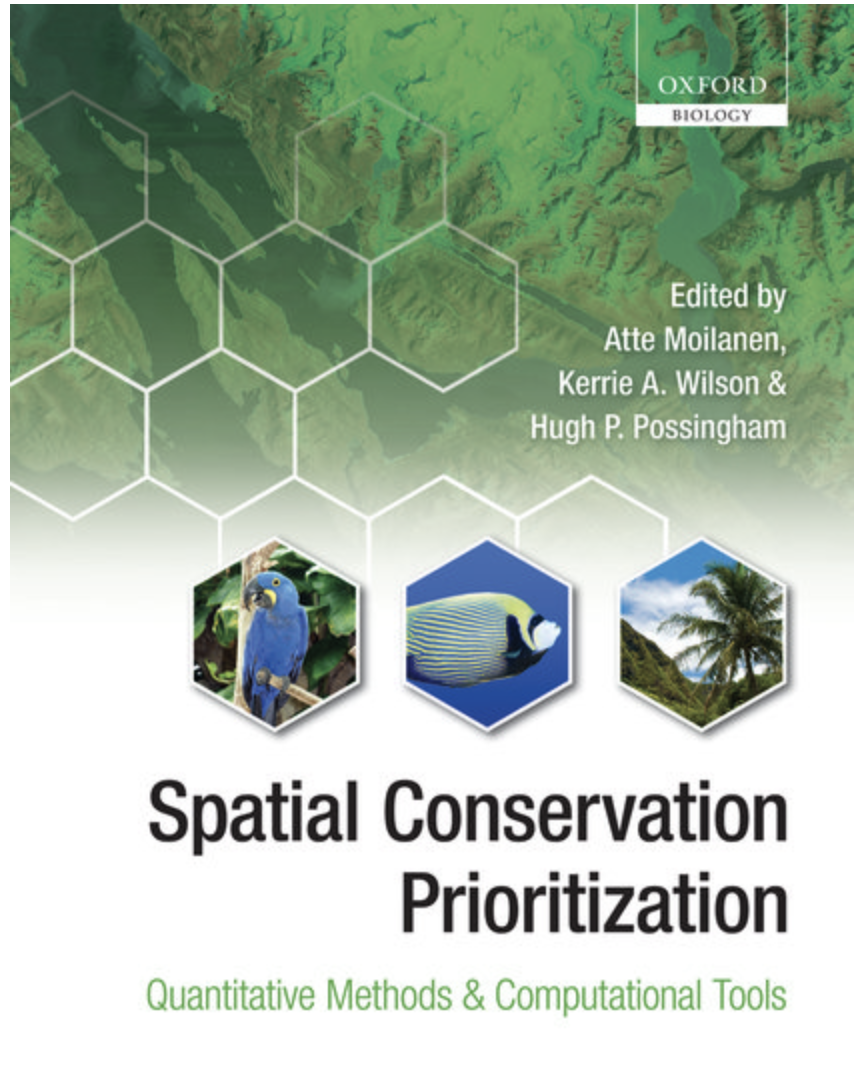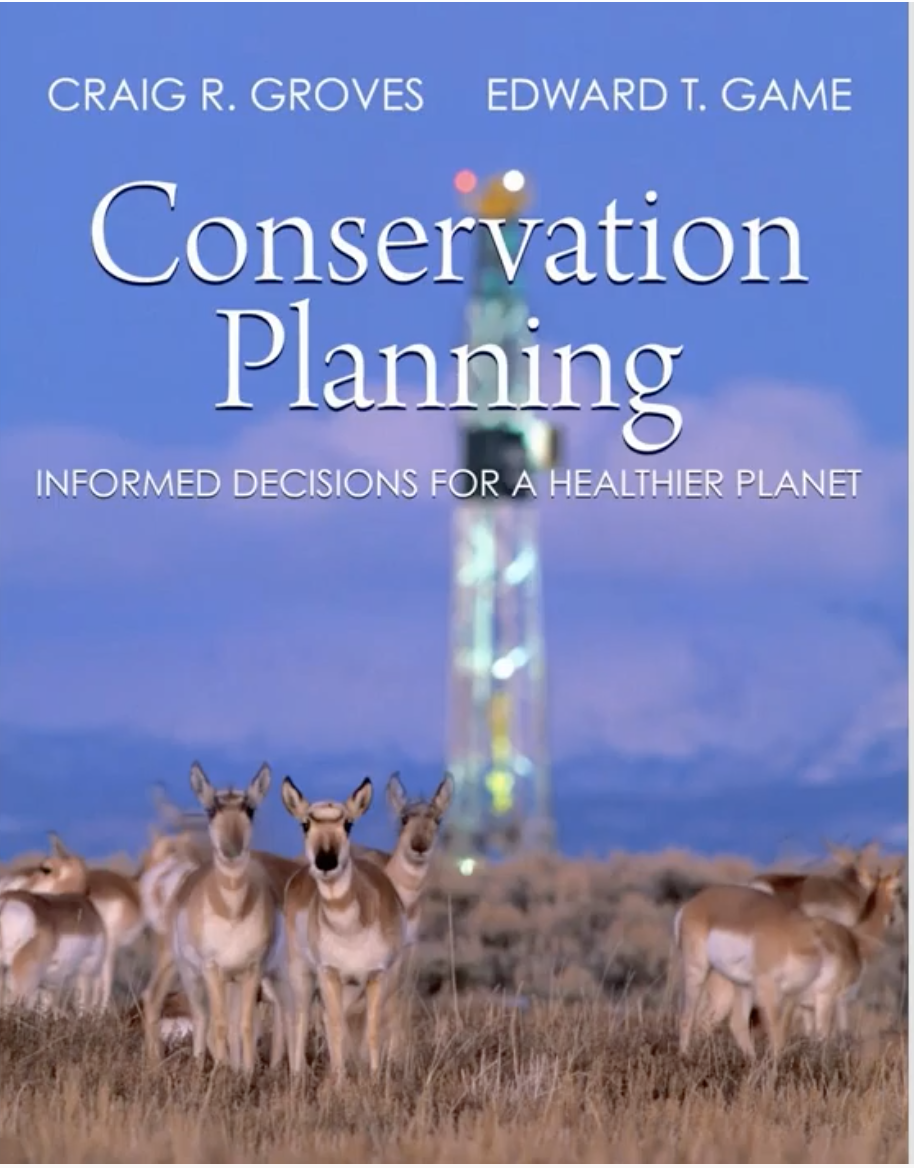What is conservation planning?
Habitat loss and degradation, climate change, and economic pressures for resource extraction have all led to a global loss of biodiversity. The limited resources available for conservation need to be used both effectively and efficiently in order to minimise further losses. Conservation planning addresses the question of how we should allocate conservation effort and funds in space and time and how we know we have achieved our goals (Groves and Game 2016).
Carrying out a conservation plan in the wrong place or time could lead to:
- Wasted resources
- The project failing to deliver positive outcomes
- Biodiversity and ecosystem services loss in the long term
- Unintended impacts of local people

The Convention on Biological Diversity (CBD) and its 196 parties, have historically put conservation planning at the core of the CBD 3 objectives: the conservation of biodiversity; the sustainable use of its components; and the fair and equitable sharing of benefits derived from is genetic resources. Currently, they are developing the post-2020 Global Biodiversity Framework, which is a global vision to achieve a series of goals and targets to achieve these objectives. The proposed draft builds over previous plans since the convention was created, and it shows just how important spatial planning is for conserving biodiversity and the benefits human obtain from it. For example, the first target of the draft states:
"Target 1. Ensure that all land and sea areas globally are under integrated biodiversity-inclusive spatial planning addressing land- and sea-use change, retaining existing intact and wilderness areas."
The video below provides an introductory lecture of conservation planning.
HOW IS CONSERVATION PLANNING ACHIEVED?
Conservation planning is usually facilitated by planning tools that adhere to a set of well-established planning principles and concepts that have been proven to be effective over time. By definition, conservation planning should be a comprehensive, inclusive and transparent process to develop plans that are fair and equitable for nature and people. There are many steps involved in the planning process such as setting up the problem with stakeholders, scoping available data, running the conservation planning software, discussing the outputs with stakeholders, making adjustments, and re-running the conservation planning software. It is a very iterative process, and there are many frameworks and tools available to help guide it. We will provide an overview of a very useful 11 step framework further in this fundamentals section. The most widely set of applications used by conservation practitiones and scientists to select conservation areas that meet agreed conservation goals and targets efficiently is Marxan.
WHERE CAN I FIND MORE INFORMATION?
The lessons in this learn center cover basic and advanced spatial planning concepts. If you are eager to learn more "Spatial conservation prioritization: quantitative methods and computational tools" by Moilanen et al and "Conservation planning: informed decisions for a healthier planet" by Grooves and Game are two fundamental books that are widely used by conservation planners and universities. You can also learn by looking at conservation plans that have already been developed using Marxan, we have a few examples on our Community Page.


REFERENCES.
C. R. Groves and E. T. Game. Conservation planning: informed decisions for a healthier planet. Roberts and Company Publishers, Greenwood Village, Colorado, USA. 2016, 608 pp. illus.; 25 cm. Paperback, ISBN 978-1936221516
Moilanen, Atte, Kerrie Wilson, and Hugh Possingham. Spatial conservation prioritization: quantitative methods and computational tools. Oxford University Press, 2009.
